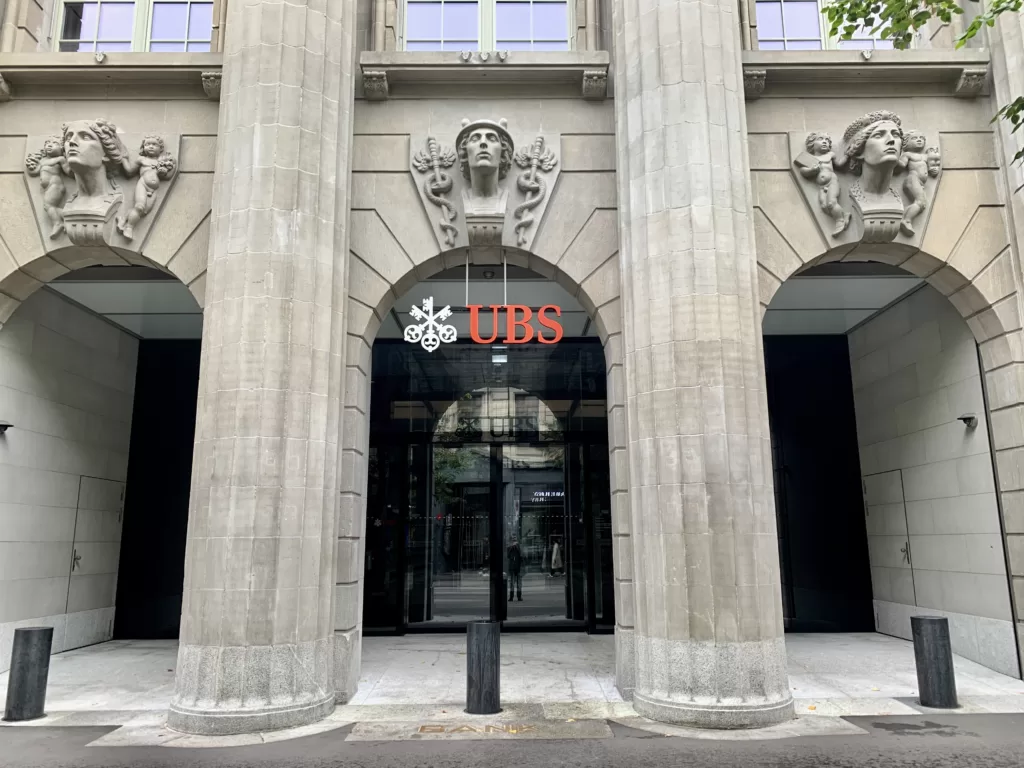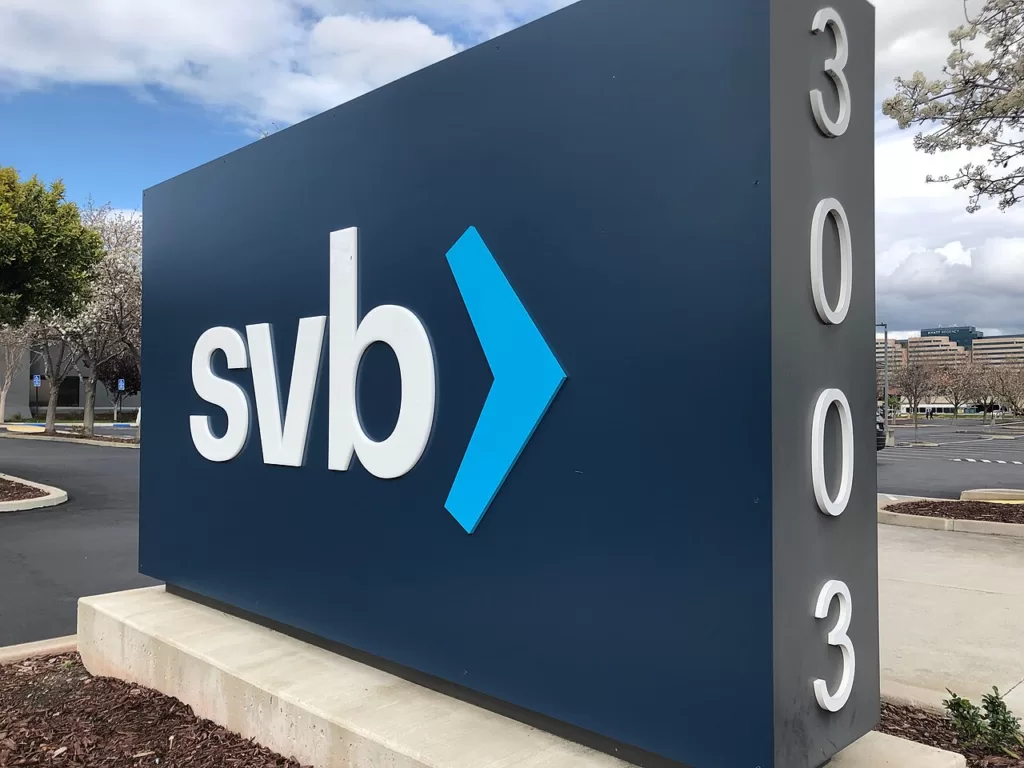We use cookies to improve your experience with Monash. For an optimal experience, we recommend you enable all cookies; alternatively, you can customise which cookies you’re happy for us to use. You may withdraw your consent at any time. To learn more, view our Website Terms and Conditions and Data Protection and Privacy Procedure.
Global banking in a state of constant crisis
Published on July 3, 2023Risks of another financial collapse are rising. What are the underlying weaknesses within the banking system that underpins the livelihoods of billions?
 After recent failures of major US and European banks, many economists fear we are on the edge of another global recession. : Michael Joiner, 360info CC BY 4.0
After recent failures of major US and European banks, many economists fear we are on the edge of another global recession. : Michael Joiner, 360info CC BY 4.0
Risks of another financial collapse are rising. What are the underlying weaknesses within the banking system that underpins the livelihoods of billions?
When Silicon Valley Bank fell apart in March, it happened fast.
The United State’s 16th-largest lender found itself trying to cover bond losses it couldn’t meet after gambling on low interest rates and losing. The bank’s clientele tried to withdraw money all at once, taking deposits worth $42 billion out the door. In under 48 hours, the bank had failed.
Days later, Credit Suisse, one of the foundational pillars in the global banking system, took $54 billion from the Swiss government to ensure it wouldn’t fail.
The bank that “built modern Switzerland”, was acquired by compatriot UBS who themselves had been bailed out by the Swiss National Bank 15 years earlier.
In their place stood a mega bank managing more than $5 trillion in assets and taking on more risk in a volatile market.
The global banking system appears on the brink of perpetual crisis, flirting with disaster, taking on new risk, and challenging conventions of trust and governance. Some people believe that is the cost of doing business.
The weaknesses within the system are threatening its ability to withstand the stress it is currently under.
With a recession looking increasingly likely, banks need to protect themselves, not merely for survival, but for the role they play in global commerce that underpins the livelihoods of billions.
Some experts see a better way forward.
Teaching the industry that the bottom line is not their only priority and developing the concept that a bold, innovative banking system should work for the interests of the community, not against them.










